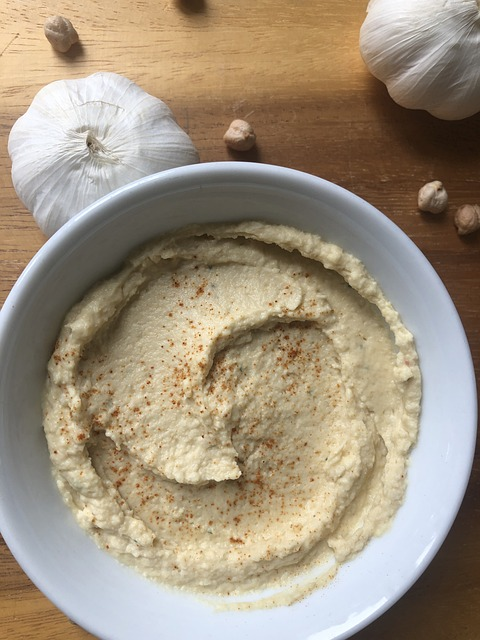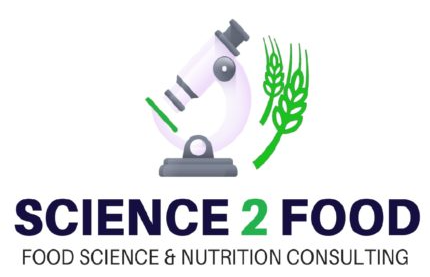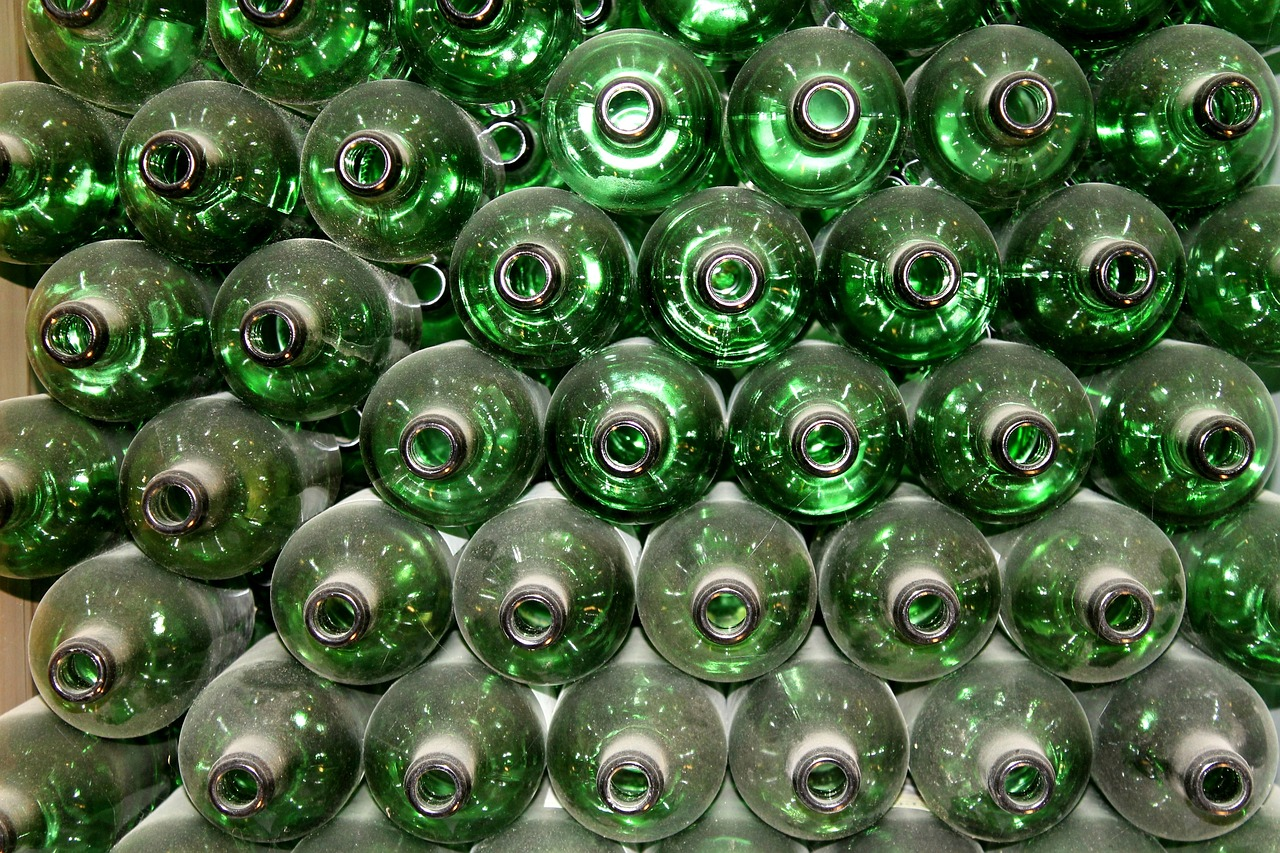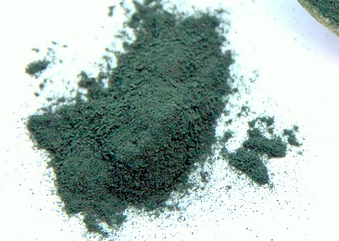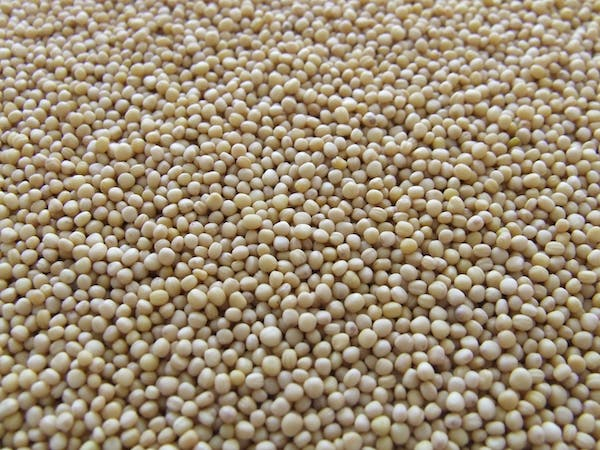Pulses

Legumes (pulses) are very important plants for agriculture and for animal and human nutrition. In botany, it is the Fabaceae family (Faba = Bean in Latin) which is one of the largest families of flowering plants. They are also called Papillonaceae because of the pretty butterfly shape of their flowers (sweet pea, vetch). There are 2 types of legumes:
- Forage legumes for feeding herbivores in meadows or silage. This group includes alfalfa, sainfoin, trefoil, sweet clover, some peas, clover and vetch, and lupin.
- Seed legumes found in human consumption: soybeans, mung beans, faba beans, lentils, broad beans, beans, peas and split peas, chickpeas and again lupins.
Legumes play a very important role because they fix nitrogen in the soil for their benefit and that of other surrounding crops and plants. This is due to a special symbiosis with nitrogen-fixing bacteria at the roots. This is why new cultivation methods are returning to old practices of soil rotation or mixed crops (e.g. maize + climbing beans + covering plant on the ground to keep moisture).
Formerly widely consumed, and at the base of our diet, they have been downgraded compared to other foods for various reasons (need to cook them, other eating habits, etc.). This is a shame because they provided many nutritional benefits such as a supply of complex carbohydrates now replaced by simple sugars, fiber, and interesting nutrients.
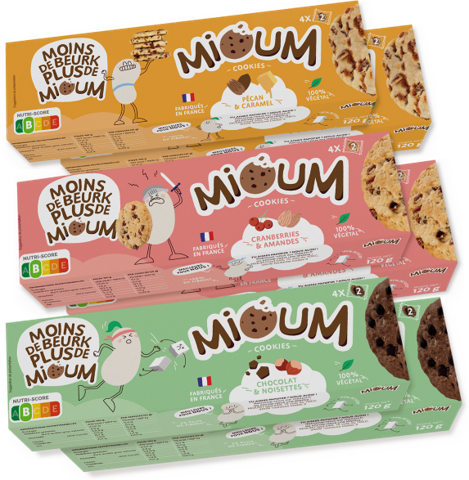
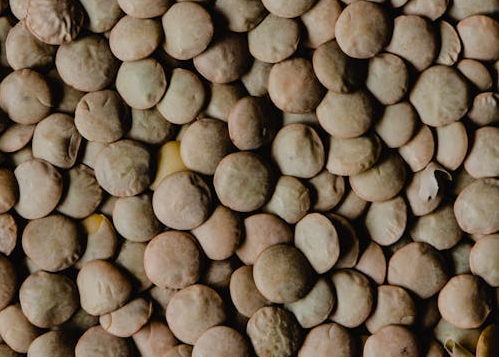

Today, about 2 thirds of the production is used for animal feed and the remaining third for human consumption.
In the foods we eat, they are found either as direct ingredients in culinary or industrial recipes, or via molecules extracted from them.
They are sold in dry form, cooked in cans or jars, in the form of spreads (hummus and others), ready meals (cassoulet, lentils with sausages), snacks (chips, roasted chickpeas, extruded products), soups, salads.
Proteins from legumes are used for their multiple properties as ingredients to provide binder, viscosity, emulsifying properties in many foods. This is the case in sausage and met industry, bakery, pastry, desserts, ice cream.
They are widely used in vegetarian or vegan products. For example, chickpea protein is known for its foaming effect to replace egg whites.
Pea or soy fibers have a very high-water retention power which is useful for texturing deli meats or meat substitutes, for example. Ingredient producing companies now offer a very wide range of pea, soy, broad bean and faba bean proteins in the form of powders and concentrates. These proteins are developed for specific applications such as cold cuts (sausages, ham substitutes), meats and meat substitutes (meatballs, steaks, nuggets, aiguillettes), desserts, ice creams, beverages, pastries, bakeries, pastries. These ingredients are also used in dairy products and their substitutes, as well as in spreads.
Today, startups are using the properties of legumes in original ways to offer natural products, free of chemical additives and good for health. For example, Mioum makes cookies using bean puree in its formula to reduce sugar levels and increase the amount of fiber. For its part, The Very Food Co. offers egg substitutes based on aquafaba (chickpea water) to be used in pastry, pastries in particular. Other startups, such as Fayo, offer a plant-based puck for cooking, the ingot, composed of chickpeas and lentils combined with einkorn. Science 2 Food has carried out training and projects on legumes and provide support for projects to replace artificial additives by using the properties of legumes and their components.
.

